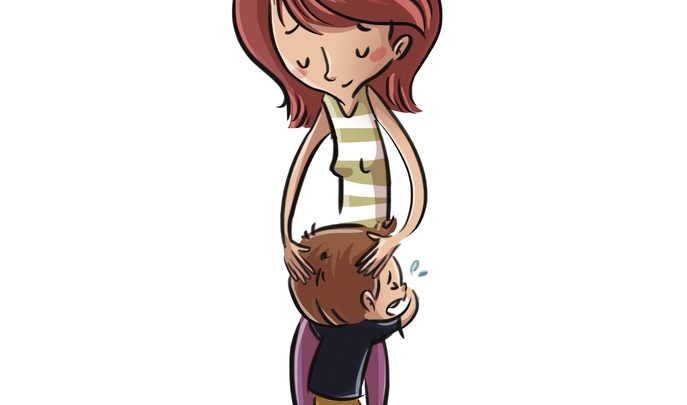The Pain Of Saying Goodbye – Separation Anxieties In Early Years And What To Do About Them

Saying goodbye to mum or dad can be the most difficult part of the day for young children. Sue Cowley suggests ways to help those struggling to settle…

- by Sue Cowley
- Author of more than 30 books for educators Visit website

Some children arrive at an Early Years setting and immediately settle in. They have no problems at all detaching from their parents or carers at the start of each day, because they have plenty of confidence and are too busy playing and learning to worry about where mum or dad has gone.
Other children find it a lot harder to break away from their parents, and you may be faced with weeks of tears and upset. A key job of the early years practitioner is to understand how best to support the needs of different children, on their transition into a setting.
The scenario
Recently, several new children have arrived at your setting and have really struggled to settle in. Whereas previously your mornings could start with a story and a quick session of show and tell, you are now spending the first half hour or more trying to detach crying children from their upset parents. It’s hard for you to focus on supporting children’s learning because you are too busy comforting children who are upset.
One of the new children refuses to be separated from you at all during the day, and you are starting to find this draining.
Tricky Transitions
Transitions will always be tricky for some children, particularly those who lack confidence, or who find it hard to socialise. Where a child has never spent time away from home before, the initial settling-in period can last several weeks. There are lots of ways that you can make the transition into your setting as smooth and as trouble- free as possible.
1. Use a personalised approach There’s no point in having a ‘one- size-fits-all’ approach to transition into an early years setting, because different children have different needs.
2. Don’t assume that it will only be the youngest children who struggle Some 2-year-olds might settle in quickly, while some 3-year-olds could find it hard.
3. Take a long look at your timetable Consider whether you are asking too much of the children at too young an age – particularly if you work with 2-year-olds, as well as older children.
4. Have a clear morning routine Parents and children ought to understand what they should do on arrival at your setting. Give them plenty of ‘jobs’ they can do together with the child, to help them navigate this time. This might include registering the child’s name, helping the child choose a drink and choosing a new reading book together.
Strategies for settling
It’s often the case that you can pre-empt many of the issues which may arise with new starters. By thinking ahead and putting specific strategies in place, you will be able to support both the child and his or her family during the transition.
• Have a dedicated ‘settling in’ person (at our setting this is our preschool leader). Allocate plenty of time for this person to spend with parents if needed, in the first few weeks after a child arrives at your setting.
• Consider which key person you are going to allocate to which child. Give the child an element of choice, by looking at the attachments new starters make with different practitioners, before allocating a specific key person.
• Offer home visits to all new starters, so that you can get to know a family and they can get to know you, before the child ever begins at your setting.
• Have a clear policy about what is going to happen where a child struggles to settle. Will you allow the parent to stay with the child, as long as he or she wants? (This is the approach we use at our preschool). Alternatively, do you prefer that parents drop their child off quickly and go, even if their child is upset?
• Give parents information about the best way to help their child settle quickly. Remember that parents will sometimes accidentally exacerbate the problem, because of their own subconscious feelings about leaving their child with you.
• Explain to parents that you would always contact them, should a child remain upset for a long time after they leave. If possible, you might like to share a short video clip to show them how the child reacts after they have gone.
Sue Cowley is a teacher, author and presenter; her forthcoming book, The Artful Educator, is due to be published by Crown House in early 2017. For more information, visit www.suecowley.co.uk or follow @Sue_Cowley










